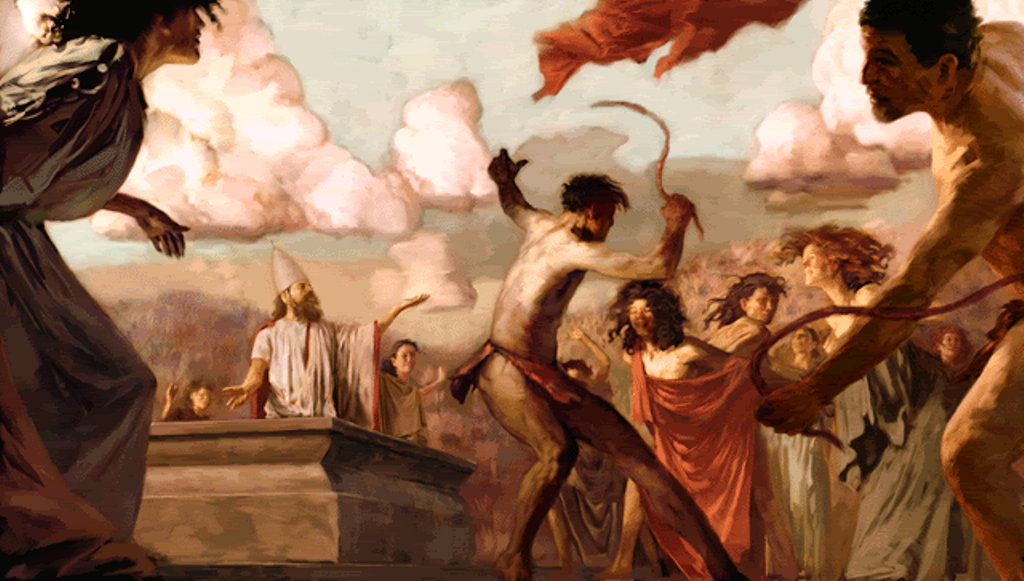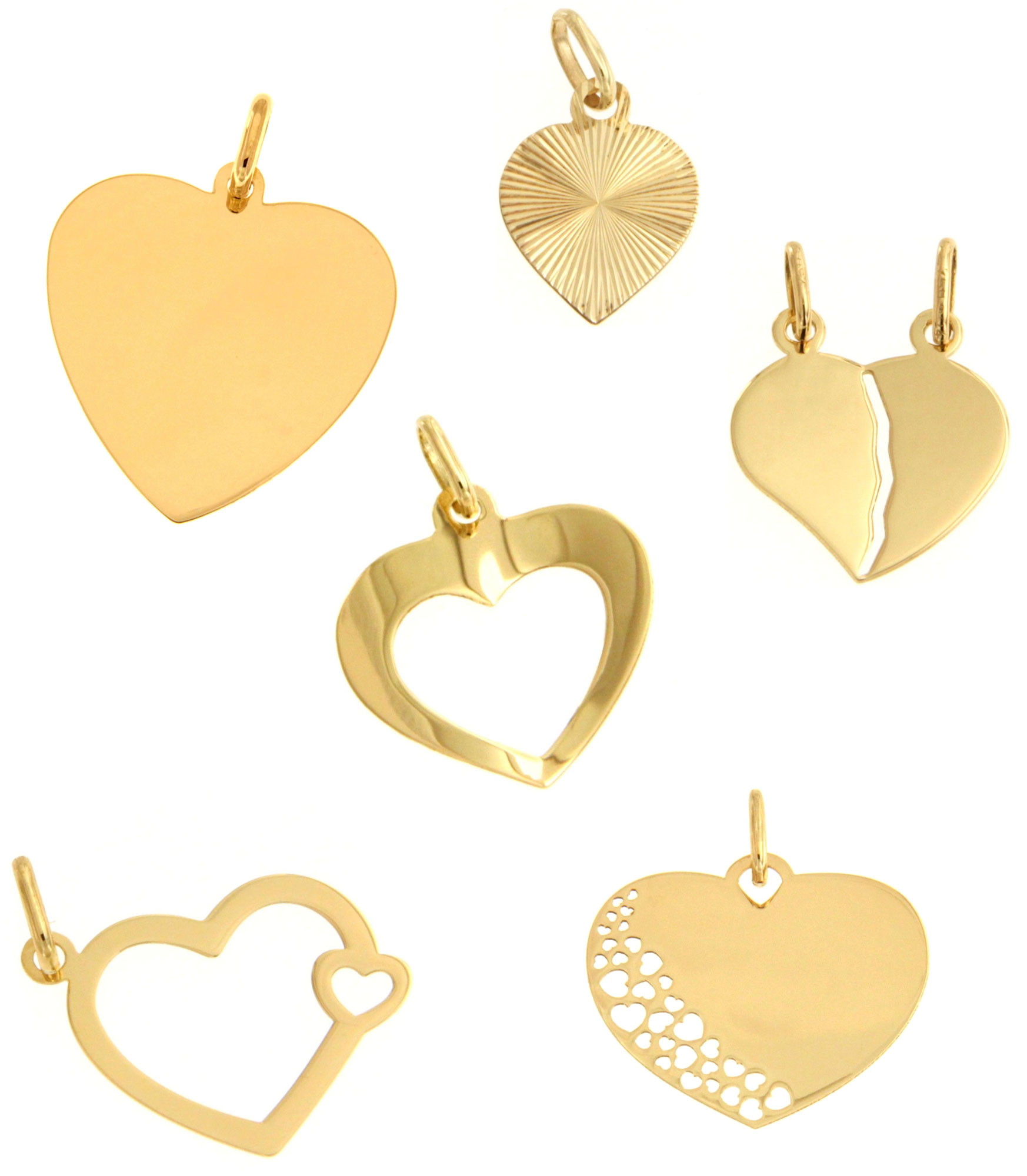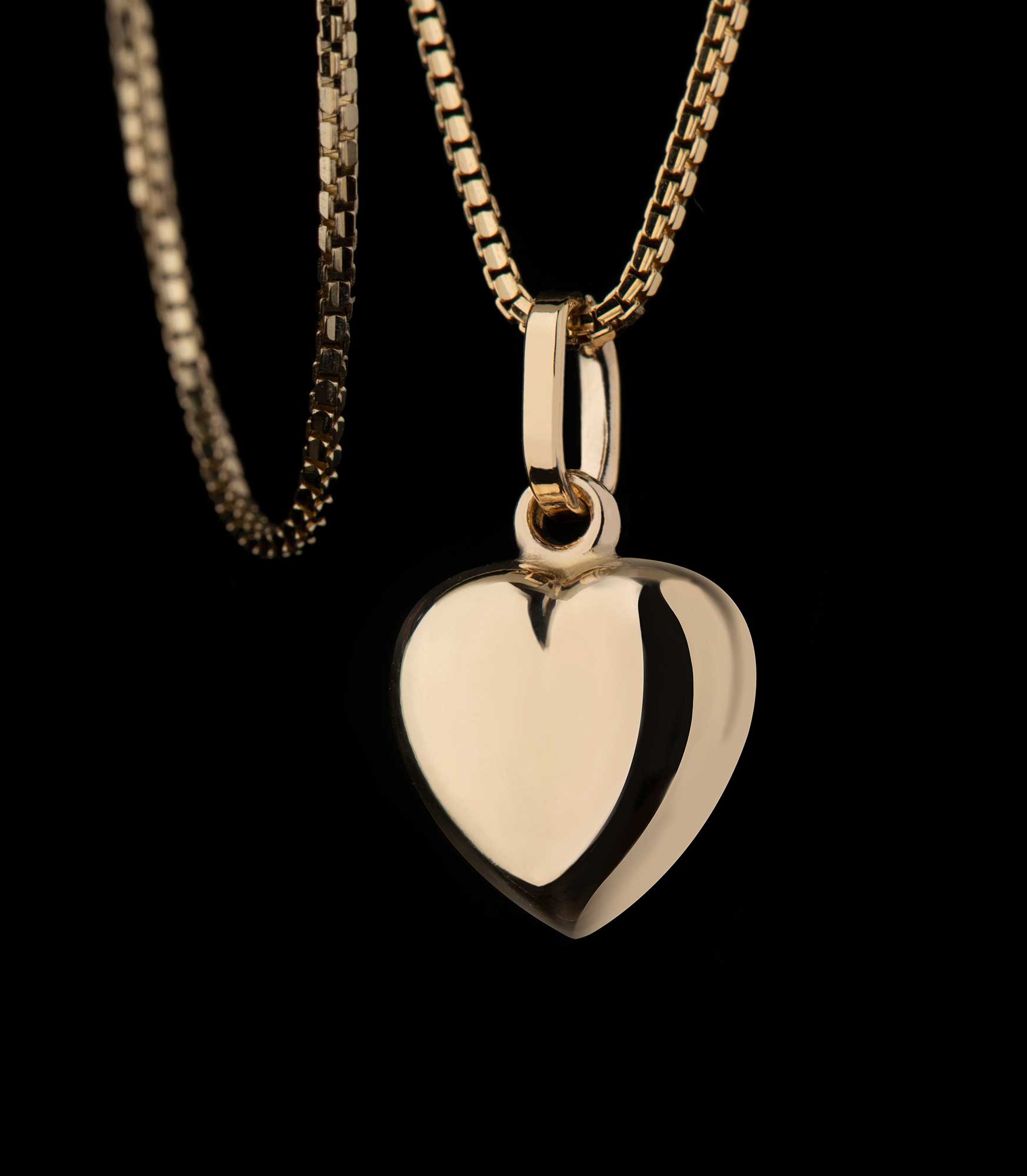The history of Valentine’s Day
There are several theories on the origin of this celebration. Amongst the most reliable, the first claims that it was Pope Gelasius I who, in 496 AD, officially established Valentine’s Day. His decision was motivated by the need to make a pagan holiday “disappear”, on the grounds that it was becoming increasingly inappropriate and hardly conforming to Christian morals.
In ancient times, 14th February was associated with a pagan holiday known as Lupercalia. It was a celebration observed in Rome on 15th February that featured traditional rites dedicated to Lupercus, the god of fertility.
The day was characterised by unrestrained celebrations that included animal sacrifice and bloodshed all over the city. One of the customs in particular was remarkably extravagant: it was believed auspicious for women to go into the streets and be struck by groups of young men devoted to Lupercus, who were usually either naked or dressed in extremely skimpy outfits.

Therefore, Pope Gelasius I decided to abolish this pagan holiday and purify the meaning of this day, establishing the cult of the patron saint of love and bringing forwards the date of the celebration by one day. That is why today Valentine’s Day is celebrated on 14th February. The aim was to associate 14th February with the commemoration of a Christian saint who represented the values of love and compassion.
The second theory is linked to the fact that this day also commemorates Saint Valentine of Terni, Christian bishop and martyr, who was executed in 273 after celebrating a wedding between Serapia, a gravely ill Christian woman, and Sabinus, a Roman legionary, in spite of her parents being opposed to the union.
According to another theory, Valentine’s Day’s roots are in nature itself. Since mid-February marks the beginning of mating season for birds, in the Middle Ages this day was dedicated to the celebration of lovers.
The most likely hypothesis, though, states that the origin of the celebration may be attributed to Geoffrey Chaucer, English writer and poet, who honoured the betrothal of Richard II of England and Anne of Bohemia with a poem “The Parliament of Fowls” in which he associated Cupid with Saint Valentine’s Day.
The symbols of love
Whatever its real origin may be, Valentine’s Day has become a special occasion, a day for people to exchange affection and symbolic gifts to celebrate the importance of love and friendship in their lives.
Let’s find out about the most representative symbols of Valentine’s Day.

The heart
Why do we associate hearts with love?
Anatomy tells us that the heart is simply a muscle, but for us a red heart means so much more!
Whenever we feel an emotion, be it positive or negative, of happiness or sorrow, we feel it through a specific muscle movement in the upper part of our abdomen. Have you ever noticed? Heartbeats speed up or slow down, the heart seems to jump in our throat, or stop and break.
Not for nothing in the past the heart was thought to be the seat of the soul, the picture of life itself. Although we know it is the brain that feels emotions, we associate the heart with feelings because we can perceive its movements.
For us at Cavinato, the heart is the ultimate symbol of love, and that is why we never get tired of representing it!
Red roses
We often use red roses as a symbol of love… But why?
Maybe for the concentric shape of their petals that seem never-ending, or maybe for their colour—when we want to give a present to a lover, buying a nice bouquet of red roses is not an unusual choice. Let’s discover some legends about the reason for this gift.
The first one dates back to ancient Rome: the Romans associated roses with the myth of Adonis and Aphrodite, and saw them as the expression of a love so unyielding it could defeat even death itself. According to the legend, Aphrodite hurt herself with some thorns while trying to save her beloved Adonis—fatally wounded by a boar—and beautiful roses grew from her blood. Moved by the goddess’s sorrow, Zeus allowed Adonis to live four months in Hades, four months amongst the living, and the other four months wherever he chose to.
Roses also play many significant roles in literature. In the famous novella “The Little Prince” by Antoine de Saint-Exupéry, the rose is the recipient of commitment and a promise, thus becoming a unique and representative symbol of a loved one.


Chocolate
Brief history of chocolate
Chocolate was used by the Aztecs as a natural remedy against tiredness and bad mood. This people used to consume it in the form of a bitter drink called cacahuatl.
The famed Aztec emperor Moctezuma II, who every day drank about fifty portions of cacahuatl from a golden goblet, attributed to it aphrodisiac properties.
Around 1500 AD the Spaniards, after invading the Americas and defeating the Aztecs, brought the popular cacao beans to the West. In a short time, Spain became extremely fond of it as well, so much so that it drew the attention of the Church. After some investigation, chocolate was condemned as a lustful and sinful food due to its supposed aphrodisiac properties.
It is only in the XVII century that chocolate spread first in England, and afterwards in the rest of Europe.
Chocolates were invented by chocolatier Michele Prochet who, in 1852, mixed cocoa with toasted ground hazelnut for the first time, thus creating the famous gianduiotti.
The person who came up with the idea of chocolates as a symbol of Valentine’s Day, however, is Richard Cadbury, from the famous chocolate brand. He was the first to launch on the market chocolate boxes as gifts for 14th February, suggesting not to throw away the box, and instead use it to keep secret love letters, the so-called “valentines”—another key symbol of the festivity.
In conclusion…
…Valentine’s Day reminds us to celebrate love and cherish not only the symbols that help us express it, but also the gestures of affection we receive every day from the people closest to us.
This day invites us to strengthen the bonds with our loved ones and show them affection in meaningful ways. No matter whether the gift is big or small, what is important is to share love and happiness with the people we love.
Valentine’s Day gives us the opportunity to express our feelings in a special way, and create precious memories with the people we keep in our heart.



